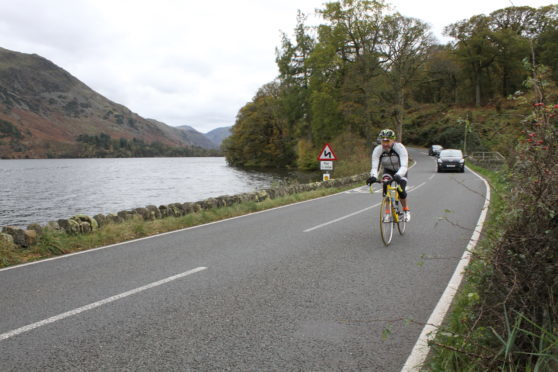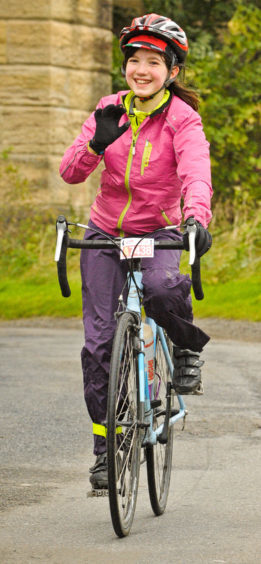Don’t just be a person who rides a bike or drives a car. Be a safe and smart road user.
I spend a lot of my time on the road with cyclists, either on a bike myself or supporting them from a vehicle filled with supplies and hence I have a lot of time to consider how all vehicles use the road.
Ultimately, it comes down to a shared understanding of each other’s needs and being adequately informed enough to know how to address those needs. Cyclists on the road can be very vulnerable and if you have ever experienced a close pass by a large vehicle whilst you are riding a bike then you will know how threatening and terrifying such an encounter can be; imagine standing at the very edge of a railway platform as a speeding train passes by, inches from you, and you will be close to the experience.
Close passes are often the result of a driver’s misjudgment, or lack of understanding why a cyclist places themselves in such a position on the road – avoiding pot-holes and debris at the side of the road is one reason, but cyclists who undergo Bikeability training are instructed to ride in a way that makes them more visible to other road users, and often this involves riding further out from the edge of the road.
However, riding this way can often cause frustration for drivers behind, so being able to make judgement calls about your riding and adjust your road position as your ride is a crucial skill that comes from experience and awareness of your surroundings. Many drivers are not confident in passing cyclists in the first place so perhaps more initial training for drivers on how to react when approaching cyclists would be beneficial. Despite this, it can still often not be easy.
I have regularly driven on narrower roads behind riders who are part of a group I have been supporting. I have waited patiently to get past and when the opportunity arises I have been unable to do so as the rider has been too far over in the road to allow me to pass safely.
When I have spoken to these riders, they were completely unaware that I was even behind them.
On a bicycle I am completely aware that I am a more vulnerable road user and despite the numerous courteous and considerate drivers who I regularly encounter I am always conscious of the driver who is not and may be just around the next corner.
With this in mind I am super-aware of my surroundings and how my own actions will affect other road user’s perceptions of me and reactions to me.
The responsibility for being safe on a bike on the road should not solely rest on the shoulders of a cyclist, but that doesn’t mean we can neglect our well-being.
Although when we are riding on the road we are following the same Highway Code that applies to motorised vehicles, we do have specific sections that apply to cyclists. It is often the case that both drivers and riders are unaware of these responsibilities and this can affect how we travel on the roads and treat each other.
We should all be self-reflective of your riding and driving skills and consider how our actions impact on those around us. As a coach and in a previous role as a work-place trainer I have always told people to question their practice – the moment we stop questioning what we do is the moment we get it wrong and for me, as a cyclist and a driver, the consequences of getting it wrong don’t bear thinking about. Let’s look after each other out there.
Join the Blazing Saddles Strava Club at: www.strava.com/clubs/BlazingSaddlesWeekendCourier
Find out more:
Visit Cycling Scotland to find out more about their range of training courses:
https://www.cycling.scot/our-programmes/training
Details:
Cycling Scotland have a range of training courses designed to improve our skills both as drivers and as riders including specific driver training for fleet vehicles, learner drivers and LGV and PCV drivers.











